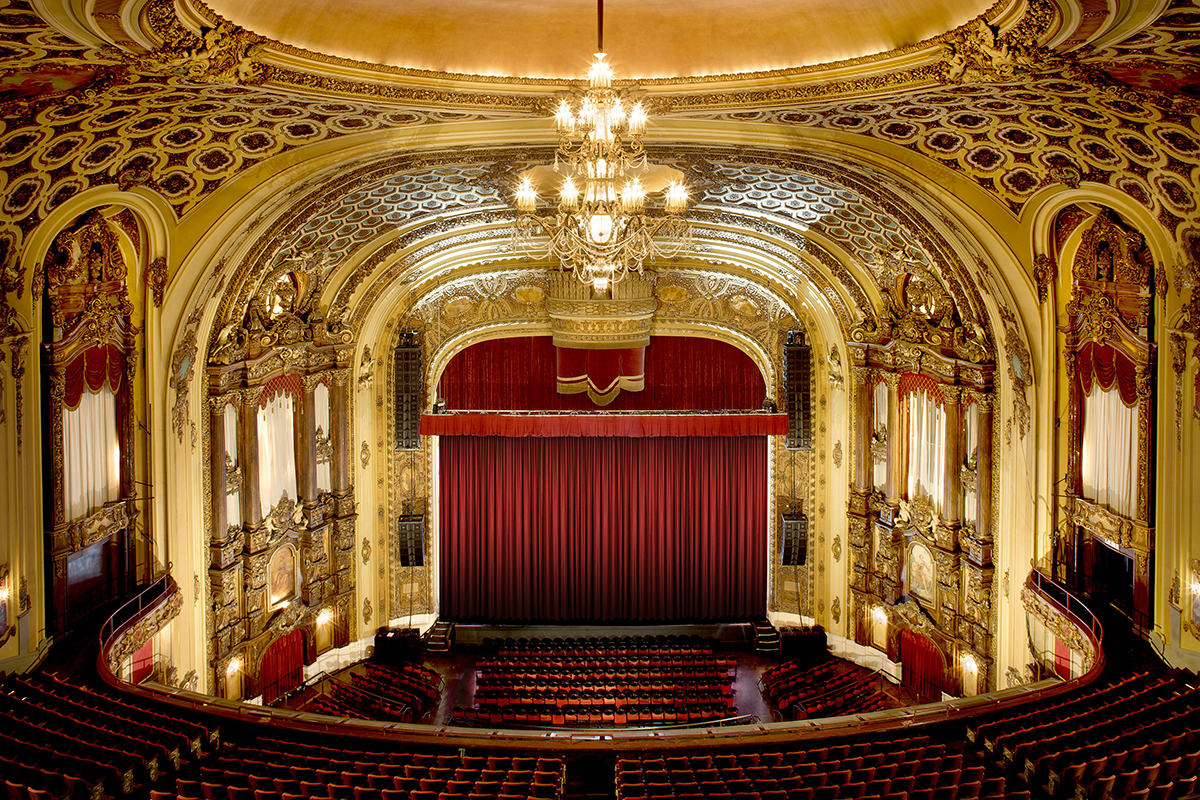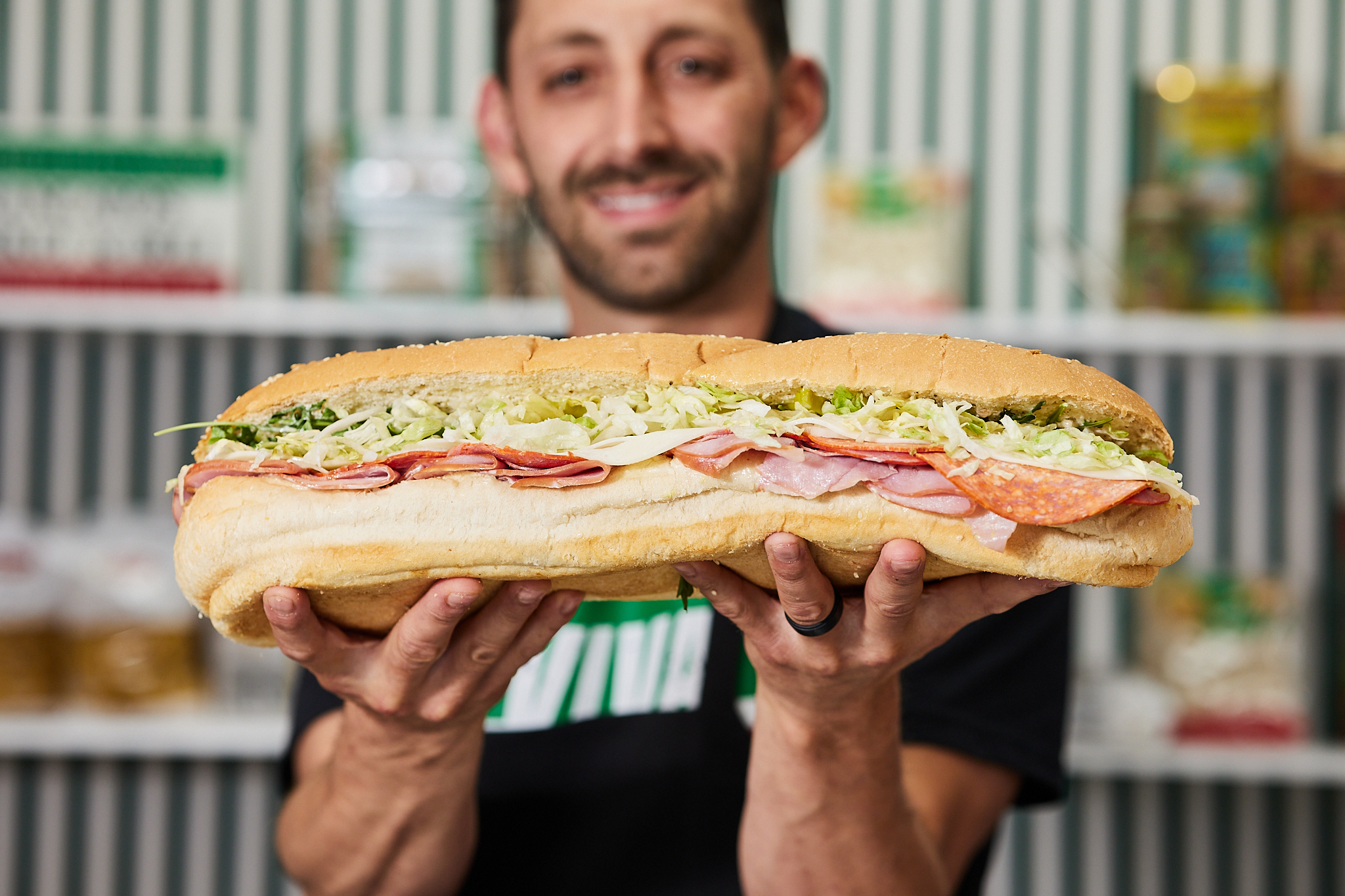“Can I help you?”
That was the first and last thing anyone said to me at Kauffman Stadium on Saturday as the Royals opened a homestand against the Chicago White Sox. On the way in, it was the parking attendant at the lone entrance not blocked with Jersey barriers, who seemed bewildered to find someone coming up to the stadium just a half-hour before the first pitch. On the way out, it was two bored bicycle cops in neon vests, aimlessly doing doughnuts in the big empty lot where fans would normally be found with grills aflame and beers a-popped.
What’s gameday like inside a baseball stadium right now? I’ve been wondering since watching the Royals open the season against my Cleveland Indians last week. The broadcasters tend to be vague about the atmosphere, remarking sparingly on the piped-in crowd noise or the cardboard people behind home plate. Sportswriters likewise are mostly mum on the subject. “Why,” I wondered, “did they not want to taunt fans forced to stay home? Was it just too weird to easily explain?”
I wanted to see it for myself. So I secured credentials for Saturday night’s Royals home game against the potent White Sox offense.
My friends all had the same thought I did. FOMO raged. Jealous! Wish I was there! I’d love to see a live baseball game right now!
Well, here’s the truth, which is somehow sadder than everyone having fun without you: You’re not missing much.
The brand of live baseball we all miss doesn’t really exist. Even if you found yourself inside the K, the thing you want to experience isn’t there.
Sure, there are familiar professional athletes playing the game, but the experience of watching them isn’t what you remember. Watching at home, on your couch, with beer, is unquestionably more fun than this simulacrum.
Arriving at Kauffman, the first thing you notice—other than how unexpected your visit is by the parking attendants—is how empty the lot is. An ocean of asphalt surrounds the K and Arrowhead Stadium four-hundred yards to the west. The few cars in the lot are cloistered around Gate D on the southwest side of the stadium.
Attendees are asked to sign a lengthy release form promising not to sue the Royals or MLB if they contract COVID-19 and stating that they have no symptoms. Then it’s off the security gate, where the staff takes your temperature with an instant-read no-touch thermometer and guides you through the familiar metal detector. Everyone inside the stadium and not on the field wears masks.
The only people in the stands are the media and a handful of team PR folks, all of whom are situated in the Diamond Club behind home plate. You won’t see them on the broadcast, but upwards of fifty people are seated up there, all having their own little desk area. In the stands everyone is seemingly sitting a little further back than they would—I’m in the Diamond Club instead of buying seats near home plate, the photographers are in the first row behind the dugout instead of on the field level.
The Royals have opened one concession stand, which serves media meals for five bucks. There’s no beer or hotdogs, just Pepsi products and your choice of chicken strips, a Caesar wrap or a burger. The concession stand shuts down an hour after the first pitch.
Watching on TV, the crowd noise and familiar graphics project normalcy. Inside the stadium, there are no such extravagances. They’re not screening other games or showing scenes from the stadium on the screens in the concourses, which are on but fixed on a static image. The piped-in crowd noise is quiet enough you can hear the drone of the outfield fountains in the background and the clapping of White Sox bench coach “Super Joe” McEwing, the only person who was particularly animated on this night as the Sox jumped out to an early lead. The traffic noise on I-70 was audible, with the noise of a whizzing motorcycle or downshifting truck rising above the din. During quiet moments, it feels like you’re listening to ASMR.
The other thing that stands out is the complete lack of stimuli away from the diamond. No kiss cam, no hot dog races. The lack of interaction between players and everyone else was so pronounced that my eyes were immediately drawn to lower seats when someone tossed a ball to what appeared to be a scout.
Other than that, they just… play baseball. Pitchers throw the ball. Batters try to hit it. Hits are fielded. For whatever reason, the players aren’t chatting or joking around as much as they do during a typical game, inside carrying themselves in a workmanlike way.
Back up on the concourse, a cop and security guard are leaning on the rails, watching the game instead of looking for drunks and loudmouths to dissuade from misbehavior.
“This is the most baseball I’ve watched in nine years,” says one team security guard.
“I kinda miss the fans,” says the cop.











